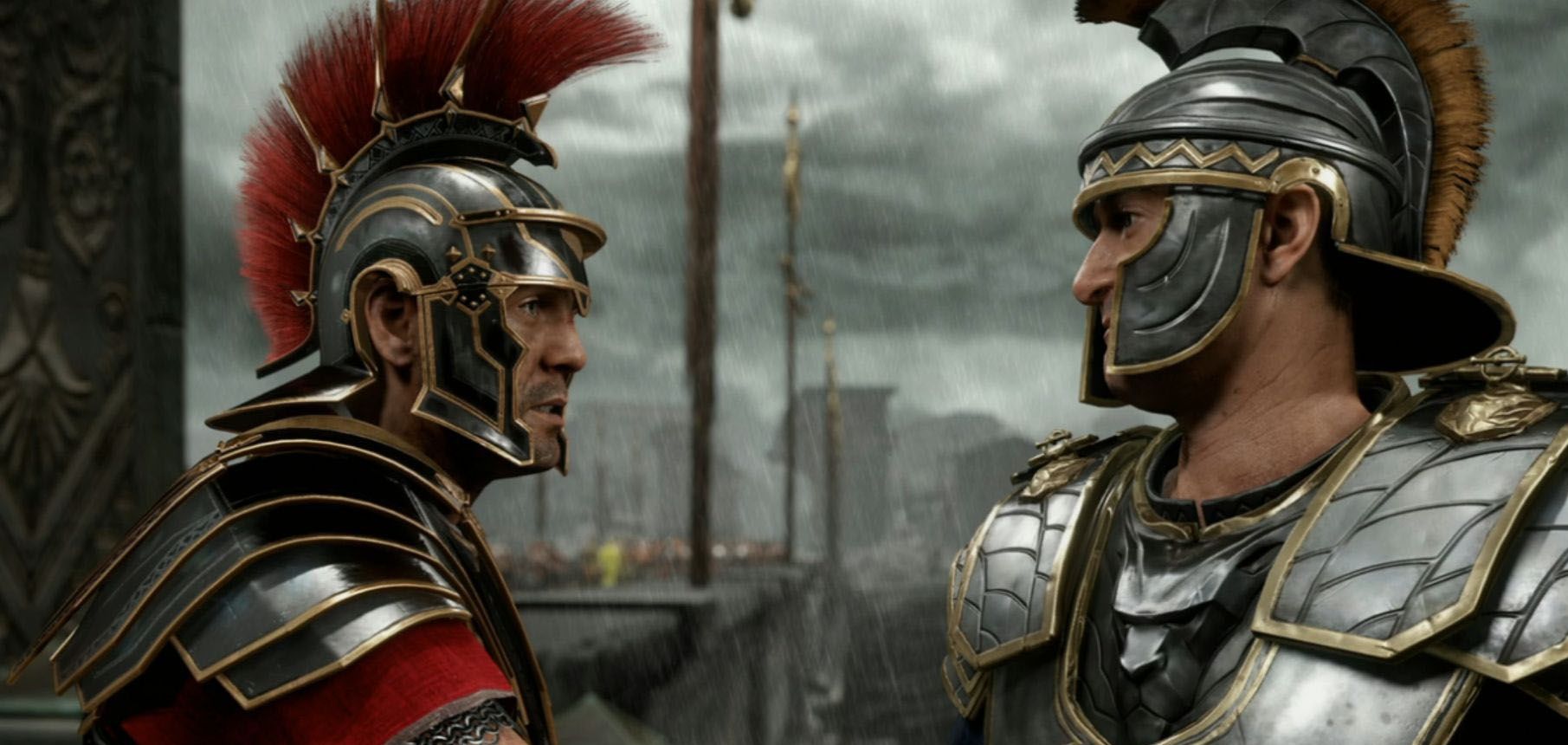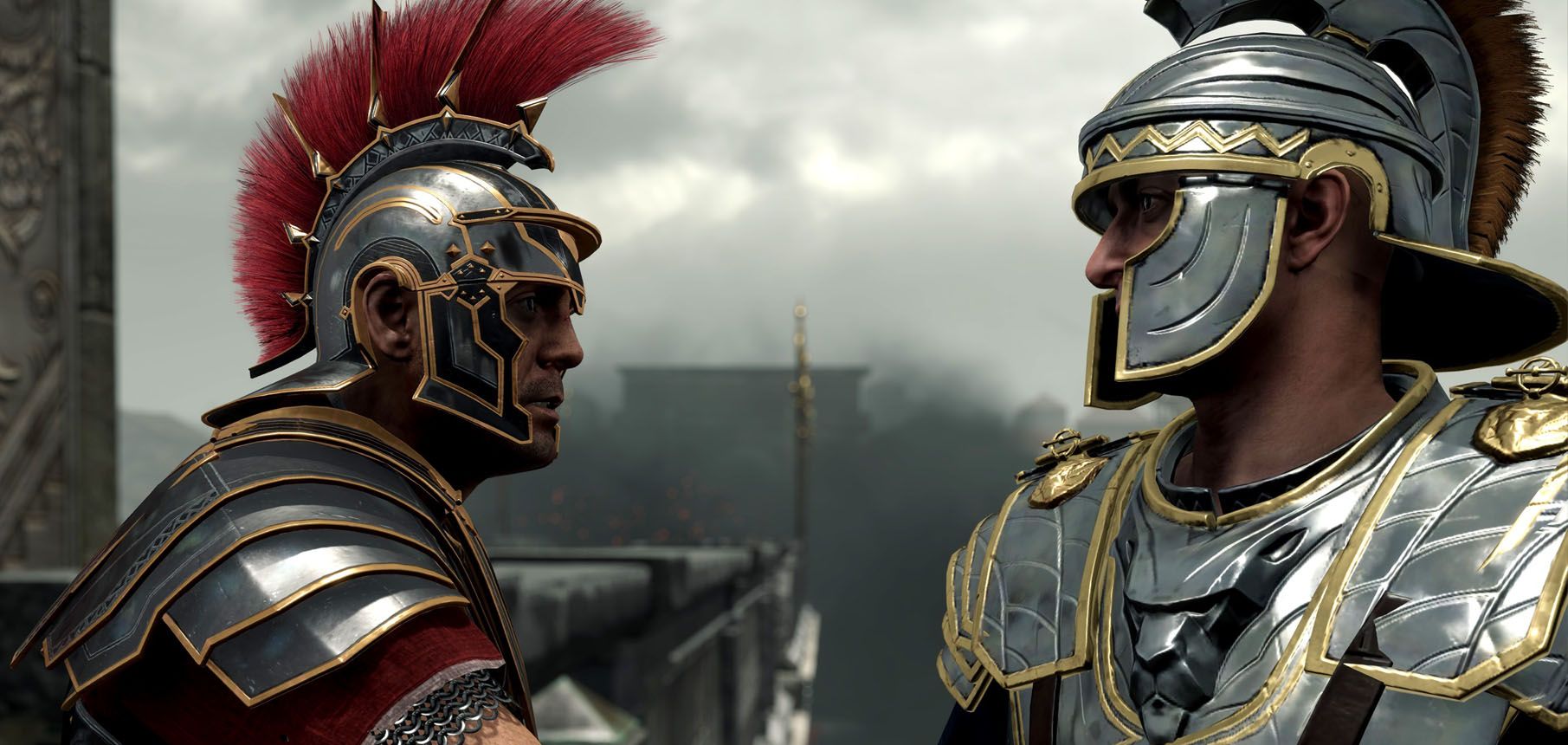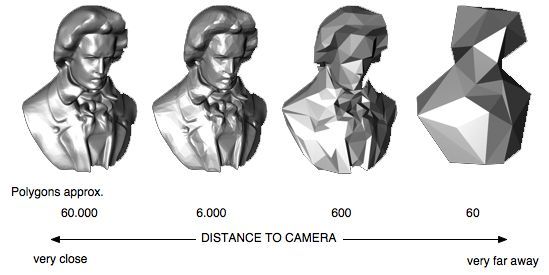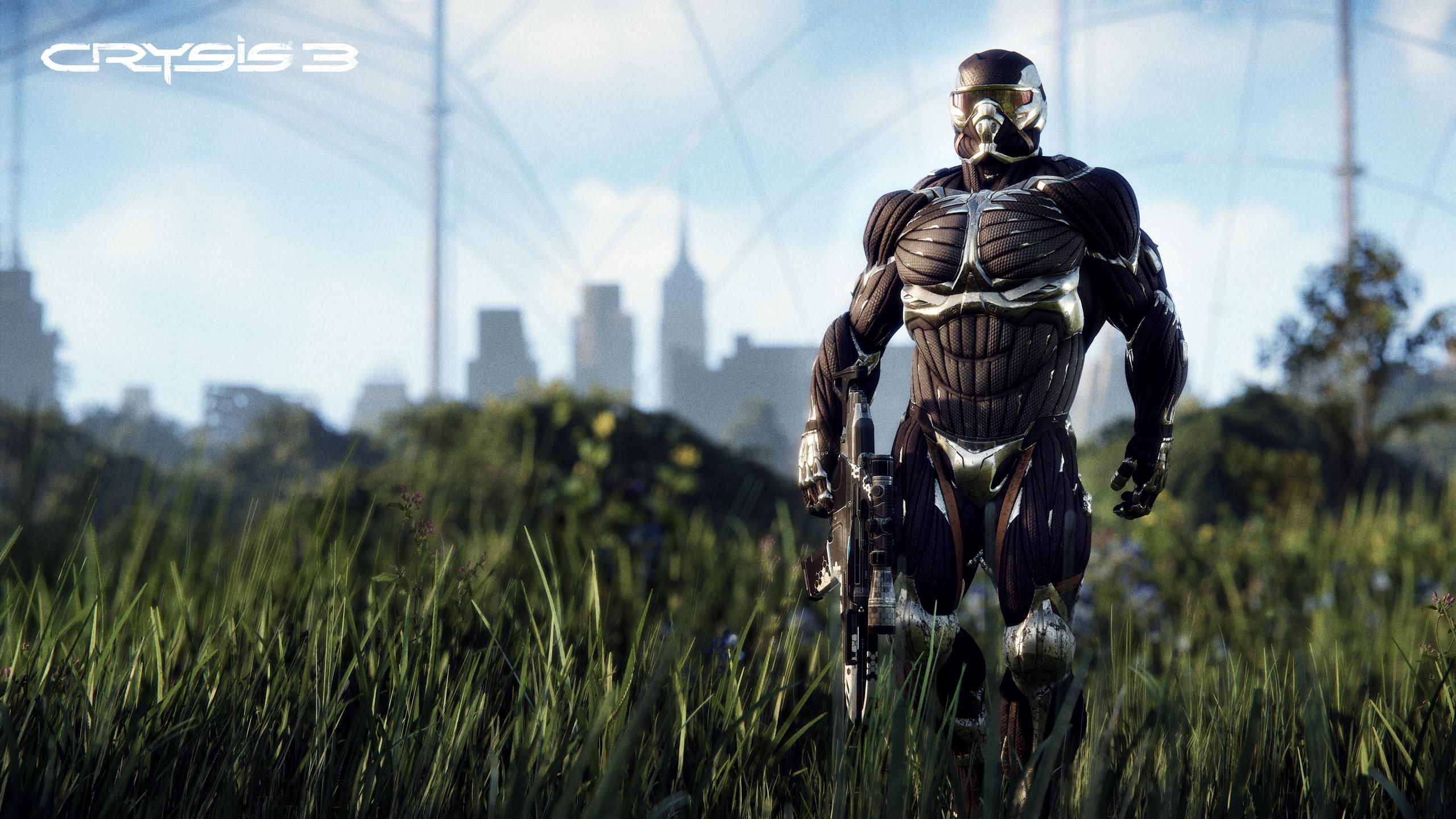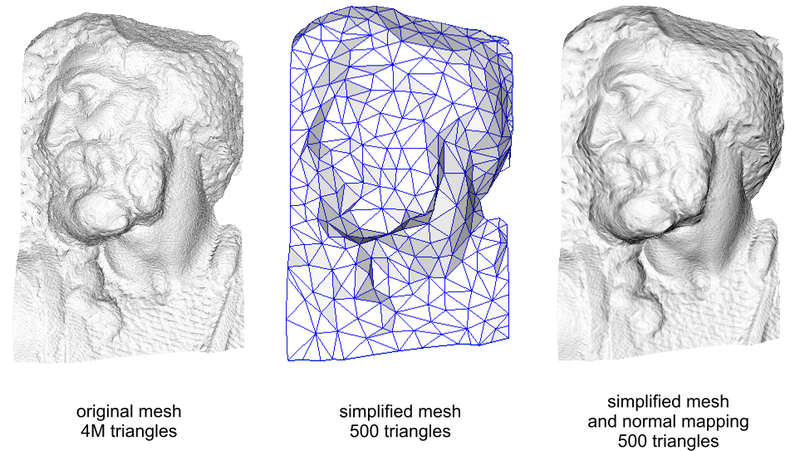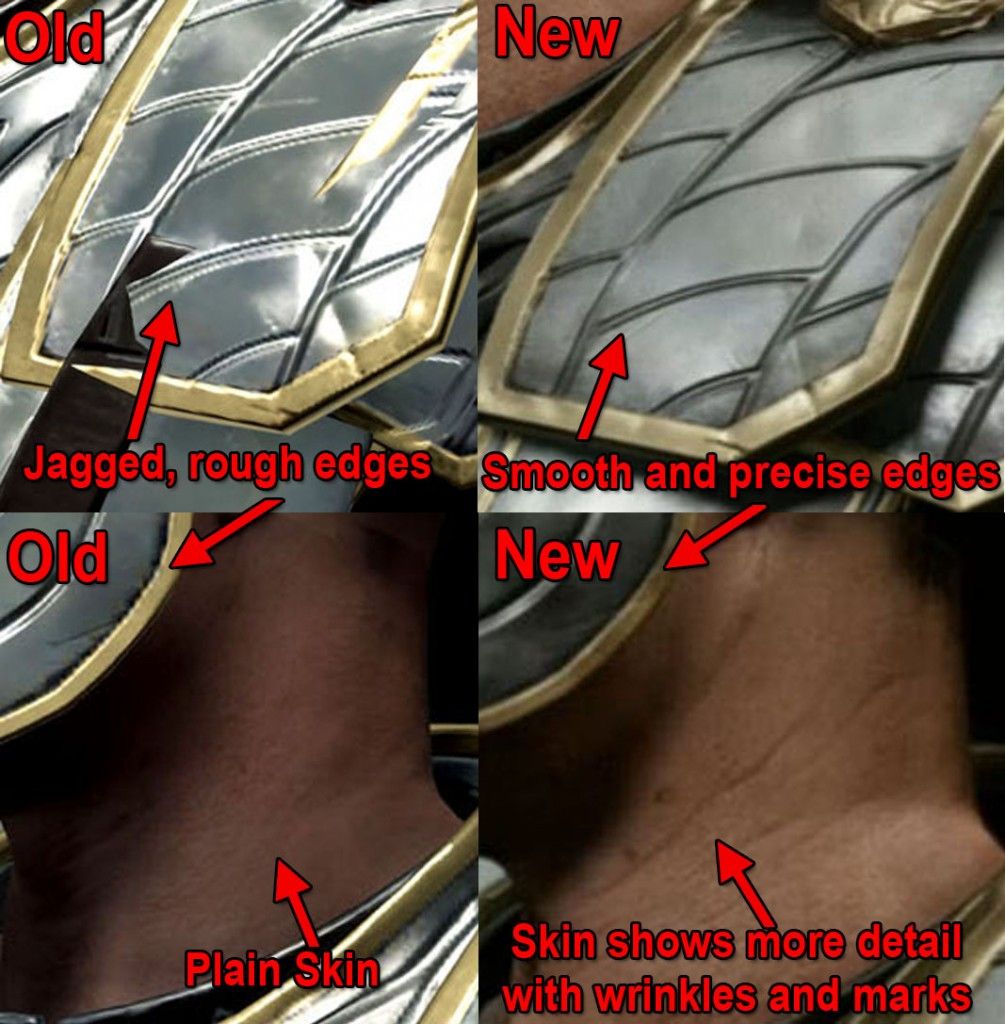Throwing around the term "Downgrade" when you talk about a next generation game is a surefire way to turn a lot of heads. It's the nature of that silly thing called "console war," which prompts so many gamers to find a guilty pleasure in reading that a game on the "enemy" console might not look as good as initially expected.That's why, when we learn that a game's character models have been reduced from 150,000 polygons to 80,000, honestly silly headlines like "Ryse downgrade officially confirmed by Crytek CEO" pop up like poisonous mushrooms on the internet, ready to catch your clicks. Not that I'm completely innocent, I guess, since I used the term "downgrade" twice in the headline of this article, but do read on.Crytek's CEOÂ Cevat Yerli did indeed provide a confirmation, but it's not so "official" that he confirmed a real "downgrade." As a matter of fact Yerli seems to imply that we're looking at an upgrade, or at least at a simple tradeoff.
Mind you, this article doesn't have the purpose to tell you if the game has really been downgraded, or upgraded, or was kept pretty much the same, because quite frankly no one (unless you can find someone currently working at Crytek or Microsoft willing to talk) can tell you that. We simply don't have the tools to know if the current graphics push the Xbox One's GPU less or more than the visuals of the older build.
The purpose of this article is to explain a simple fact: in game development, and especially in graphics design, polygons don't tell the whole story. While it's easy for the eye to be caught by that big number almost sliced in half, there's a lot more to visuals than the number of polygons.
Above you can see a screenshot from an older build of the game (the one with 150,000 polygons per character), while at the top of the post there's a new one portraying almost the same scene in the new build (the one with 85,000 polygons per character). If you want to see a much deeper comparison you can check out the one I posted this morning.
On the other hand, now we're gonna talk tech, and primarily analyze Yerli's tweet.
First of all he mentions that now LODs aren't used anymore. LOD stands for "Level of Detail," and it's a technique that involves reducing the triangle density models (normally in multiple stages) depending on how far they are displayed from the player's point of view.
This means that when a model with LODs appears on your screen, you'll see the full number of polygons only when it's up close. The more it's displayed far from your view point, the lower its actual polygon count will be. We're talking about a steep reduction here, with many games using extreme LODs that are, at their farthest point, 2-3% or less of the polygons of the full model, while they display half, a quarter or even 10% of them at medium distances. Below you can see an example of LODs from the OpenSG tutorial.
Of course using LODs means reducing the rendering load on the GPU by a lot, and developers can get away with it because the low polygon density isn't very visible from afar. Unfortunately there also are adverse effects, especially in graphics-intensive games, where you can often very easily see the extremely annoying "pop-in" effect when a model gets closer and literally "switches gears," increasing its polycount right in front of your eyes.
This means that if Ryse is not using LODs anymore, the total number of polygons displayed on screen, especially during crowded scenes, may be very well equal or even higher than what was rendered before, as now the models that were downgraded when seen from afar are displayed with their full triangle count at all distances, eliminating the pop-in effect and increasing the visual quality of models when they're shown at a distance.
If you want to see the difference between using LODs and not using them, you can quite easily do so if you are a PC gamer, as there are many titles that allow you to switch the feature on and off. Final Fantasy XIV: A Realm Reborn is a good example, especially since you can download its benchmark for free, and it allows you to set LODs on and off. On my machine turning LODs off means losing an average of 7-8 FPS and 600 from the final benchmark score.
The choice of eliminating LODs is actually a quite interesting one, as they're very widely used by developers, and almost considered a standard, but it does fit Crytek's usual uncompromising approach to graphics, so we'll have to see how it'll pan out in the game.
One thing is for sure though: as we don't know what kinds of LODs were used before (and by how much the polycount was sliced at a distance by those LODs), on what models exactly they were applied, and if they've completely gone the way of the dodo now, or only removed from specific models, we can't safely assume that the total number of triangles rendered by the engine at any given time has been decreased or has been "downgraded", because it may very well be the opposite.
Mind you, it's also worth mentioning that 85,000 polygons per characters are nothing to sneer at. Just to give a term of comparison, Prophet in Crysis 3 has about 60,000 polygons when wearing his nanosuit, while Geralt from The Witcher 2 sports "only" 20,000.
Let's move on to the next part of Yerli's tweet: Shaders.
Shaders are very relevant element to the final visual fidelity of a game: reflections, reaction to lighting, special effects and much more are all done via shaders. Shaders can also improve the three dimensional depth of a model via normal mapping, effectively giving the player the impression of a higher polygon density with a much smaller loss in performance and framerate.
The two pictures I posted at the top of the post are a very clear example of this. In the picture showing the new build materials look more realistic and weathered, while skin looks more detailed in many areas, The normal maps are also very telling.
In the older build normal maps (that manipulate light in order to give flat surface a three-dimensional look, as explained by the picture above.) look jagged in quite a few areas. It's very evident in the armor of the character on the right for instance. That's a clear telltale sign of a low resolution or excessively compressed normal map texture.
Evidently in the newer build the developers at Crytek had enough hardware resources available to squeeze-in a much higher resolution or less compressed normal map, eliminating the jaggies and giving the etching of the armor a much better definition. Examples of the influences of better shaders and normal maps can be found quite easily scattered around the screenshots, and you can see a couple of the most evident examples in the comparison picture below.
As I mentioned above, this article did not mean to tell you whether the game's graphics have been downgraded or upgraded. The only thing we can really say is whether the game looks better or worse, but that depends a lot on individual taste, and you'll have to decide on your own about that.
One thing is for sure, though, saying that the game has been objectively (or officially) "downgraded" is grossly inaccurate, as better shaders can have a very relevant impact on a game's visual fidelity. Furthermore, judging the game's polygon count just by the raw triangle density of a character is misleading and pretty disingenuous, as the removal of LODs completely throws that equation off, and can easily mean that the overall triangle density for the game remained the same, or even increased.
Ultimately it all boils down on whether you like how the game looks or not, and I can't tell you that. What I can definitely tell you is that you shouldn't let very partial numbers decide for you either.

